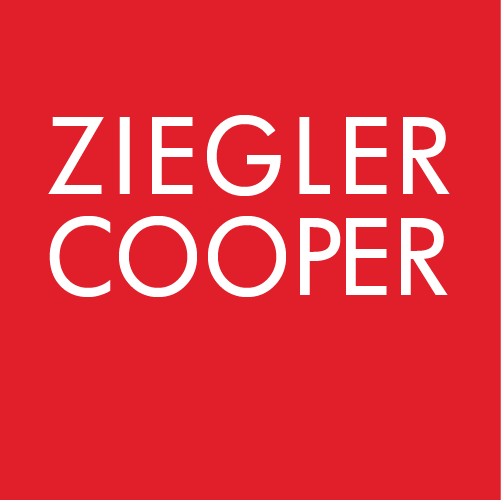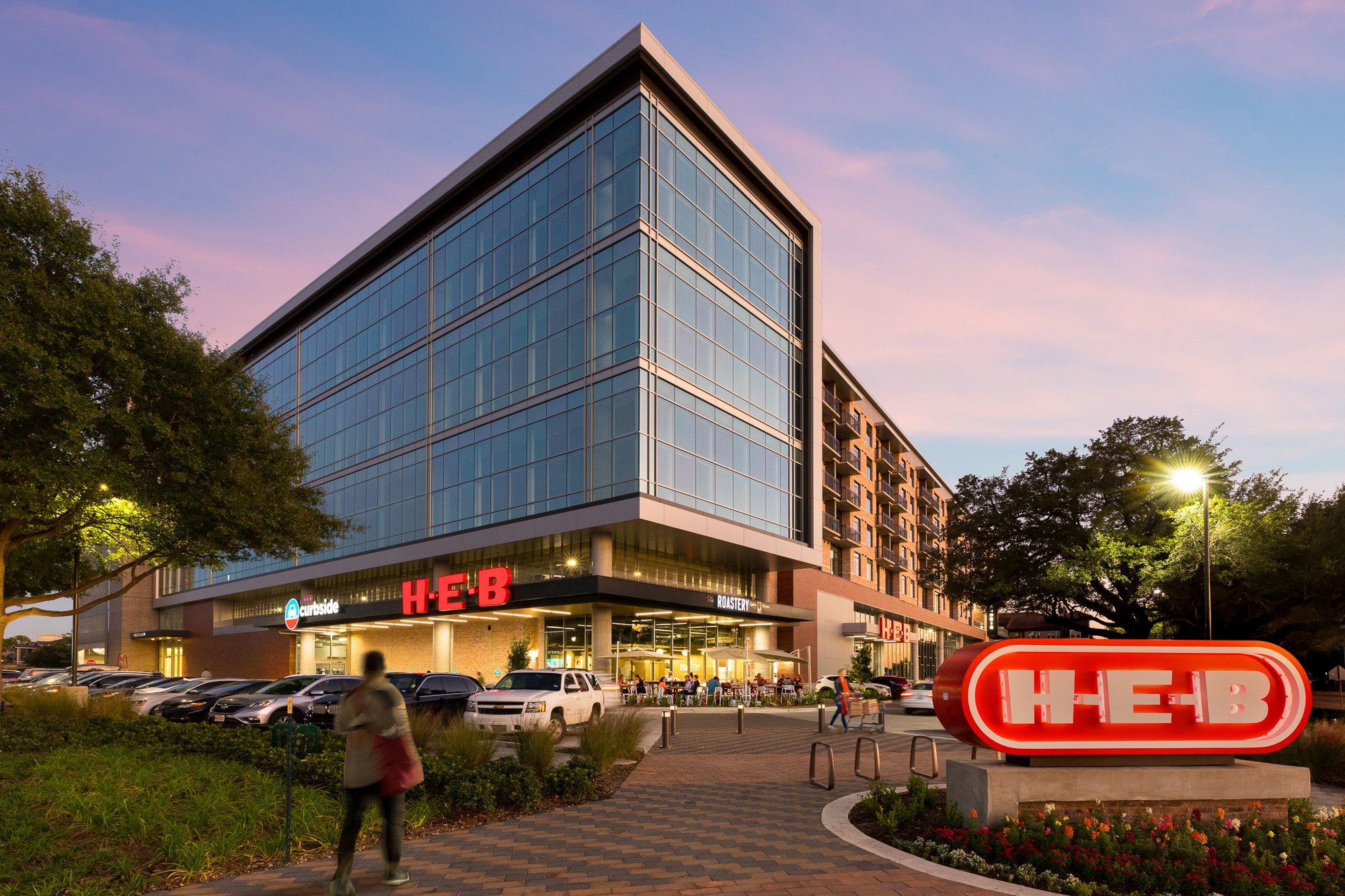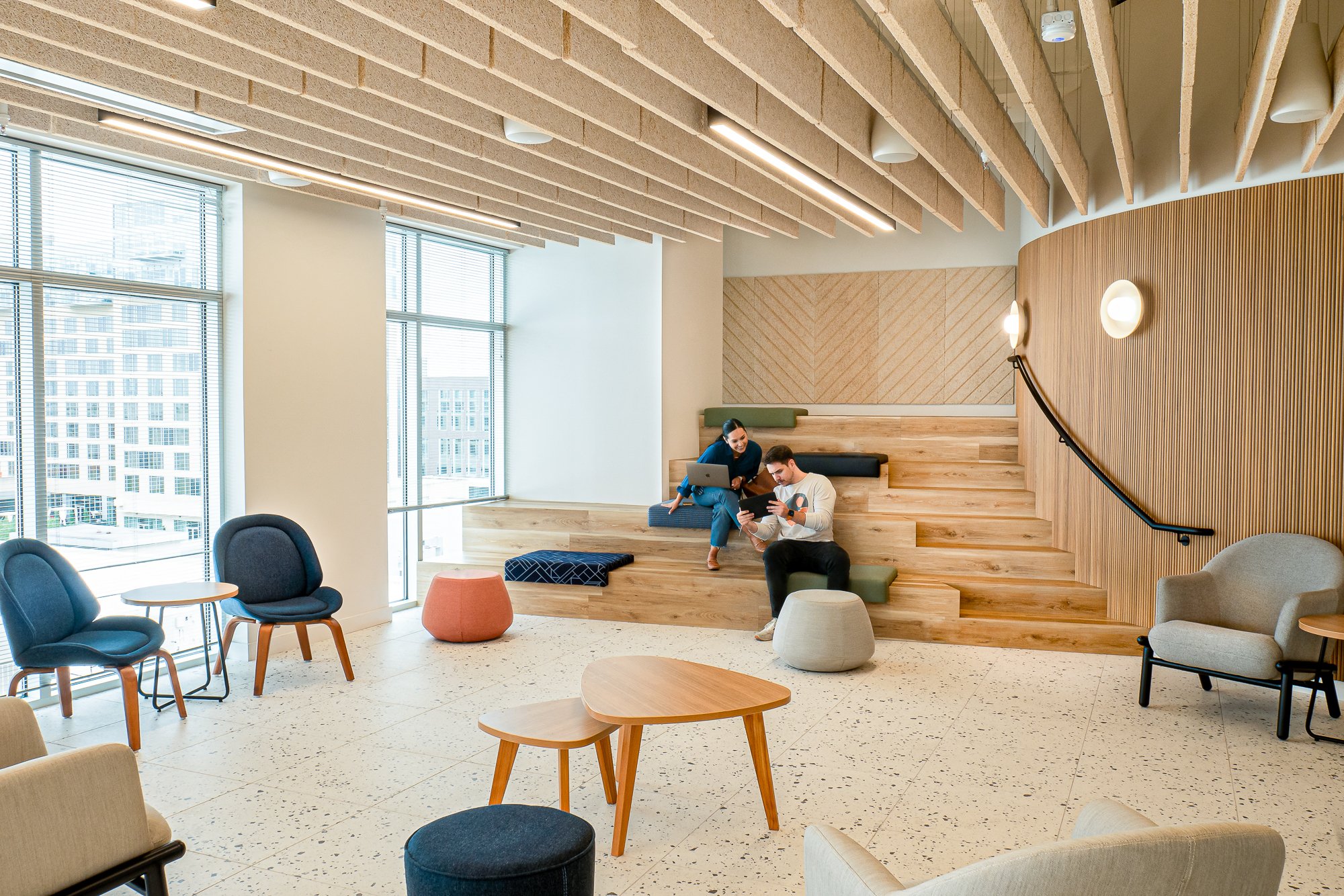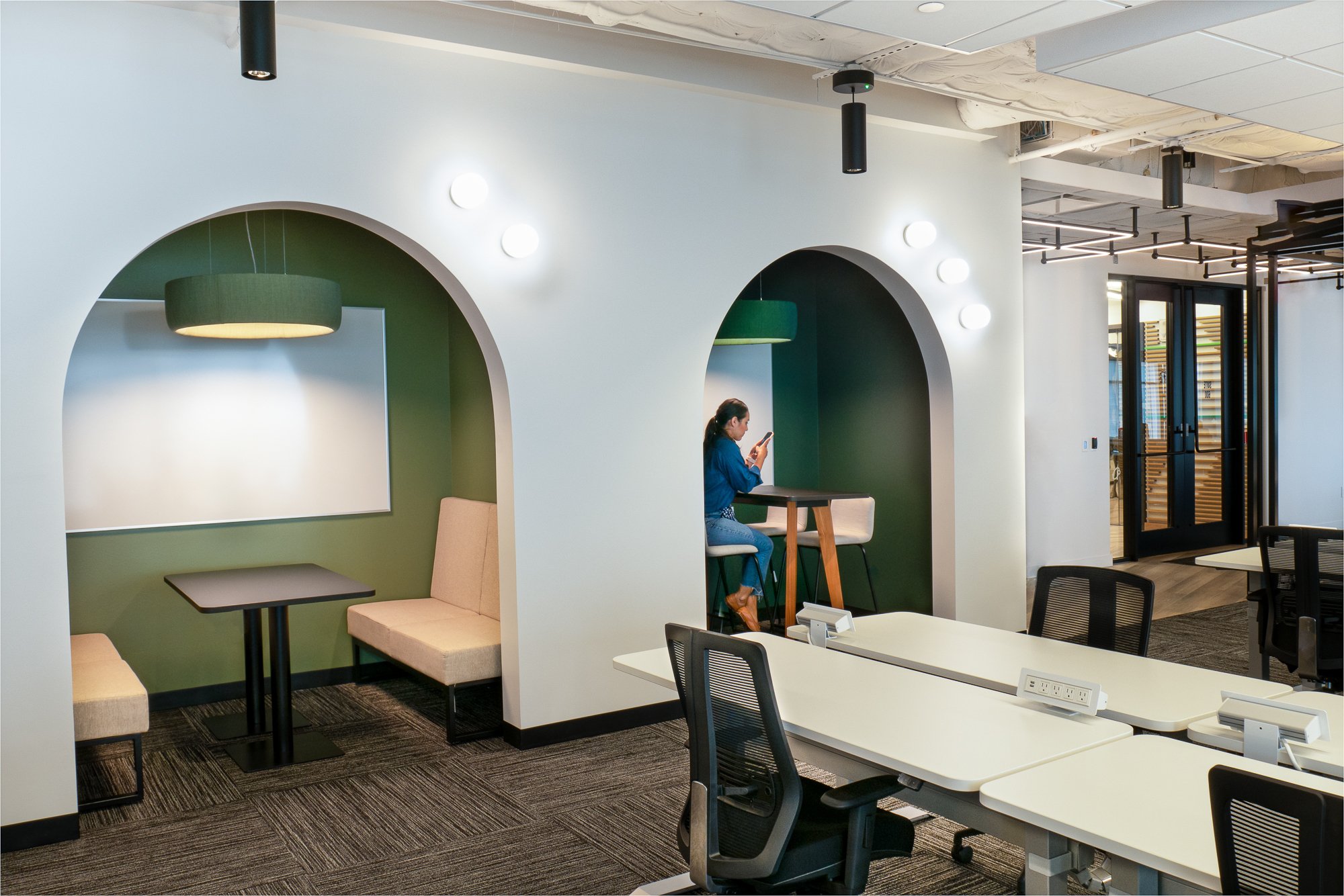Sustainable Design in the Age of ESG
Sustainable Design Trends
Twentieth Century trends in sustainable and wellness design are more often becoming part of corporate design briefs. Evolving in the design industry from the so-called ‘green’ environmental and wellness considerations of the LEED© and WELL© designations, ESG embraces aspects of social issues into sustainable and wellness design.
Wellness & Sustainability
The Six Dimensions of Wellness, as described by Doctor Bill Hettler, Co-Founder of the National Wellness Institute, in 1976, state that wellness includes emotional, occupational, physical, spiritual, intellectual, and social wellbeing.
Added to the landscape of wellness and sustainability is a heightened awareness of social issues, entreating a holistic design approach that has been part of the thoughtful architect’s design remit throughout many ages. This may be encapsulated into Five Pillars of Sustainability:
Health and Wellness: Drive health and wellness through engagement and access to quality care.
Green Operations: Reduce the environmental footprint of operations.
Sustainable Design: Deliver long-term value by employing environmentally sensitive urban designs that contribute to sustainable outcomes.
People and Culture: Empower people to succeed and ensure a fair and supportive culture
Effective Governance: Ensure the highest standards of business practices, both in terms of engagement and risk management.
Mixed-Use Sustainability
The same design considerations apply to other development types also. Mixed-use developments are, by their nature, more sustainable, but new design benchmarks may be applied to mixed-use design as well. The measurement of success for mixed-use developments that embrace an ESG ethos will not be the same as for single-use office design. Instead, they may be measured in their vitality, longevity, and ability to endure change – in effect – thoughtful, dense urban development.
Creative Office Spaces
What all this amounts to is designs that help people and the environment to thrive, encouraging a blurring of lines between outdoor and indoor, between home and work, and between corporate and social culture. The built environment then influences human behavior, wellness, and financial outcomes in a fair manner.
Beyond what this thoughtful placemaking looks like for all building types, a particular trend in multifamily emerging from recent pressures is the inclusion of creative office spaces, co-working spaces, and expanded business and conference centers.
Choice in the Workplace
Corporate interior design trends mix wellness and increased employee autonomy by providing choice in workspaces and furniture catering to various work styles. Workplaces may have standard office sizes and larger, hospitality style amenities, as well as a flexible layout.
Sustainability Through Urban Villages
As leaders in urban design, Ziegler Cooper’s goals and values are reflected in the Five Pillars of Sustainability. We have been fortunate to work with many developers that have embraced the urban village concept of design wherein all of humankind’s needs for beauty, shelter, work, food, learning, worship, and relaxation can be found within a walkable area.
These dense urban village developments are demonstrably most successful when they are focused around a common greenspace that invites the public to stay awhile, adding energy and diversity of use and access.
Returning to the Workplace
As organizations grapple with bringing employees back to the workplace, many are looking for holistic design language, creating workplace environments that give employees greater choice in where and how they perform their work. Further, instead of traditional development analyses, a corporate ESG goal for sustainable development may well include analysis of the effect of workplace design on absenteeism, health and wellness, and its culture.
Ziegler Cooper is committed to sustainable design. Simply put, we believe that good design is sustainable design. We are committed to making all hiring and employment decisions without regard to race, sex, national origin, color, disability, age, or other protected classification. We value excellence, delight in diverse thought, and hire based on merit. We are committed to design for human comfort and wellness and reflect this commitment within our own workplace.
About the Author
Scott Ziegler, AIA
As Founding Principal of the firm and leader of the Urban Architecture Studio, Scott’s design experience reflects his belief that inspirational architecture enriches people’s lives, uplifts the human spirit, and provides a constant vision of excellence. As Residential Senior Practice Area Leader, Scott plays an active role in shaping the urban landscape through the firm’s built works and his published writing in professional journals on the subjects of sustainable urban growth strategies and high-density mixed-use developments.







